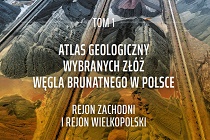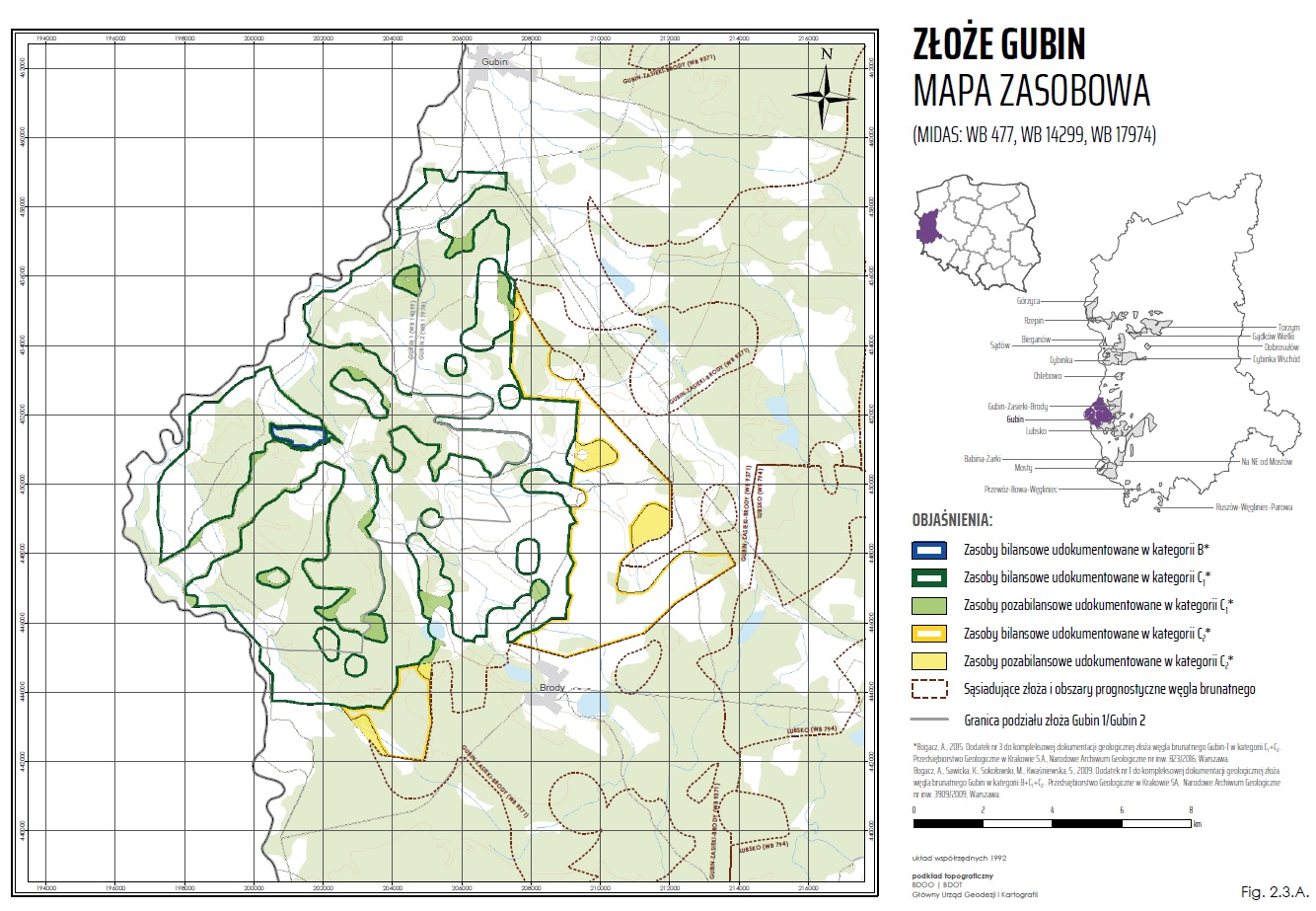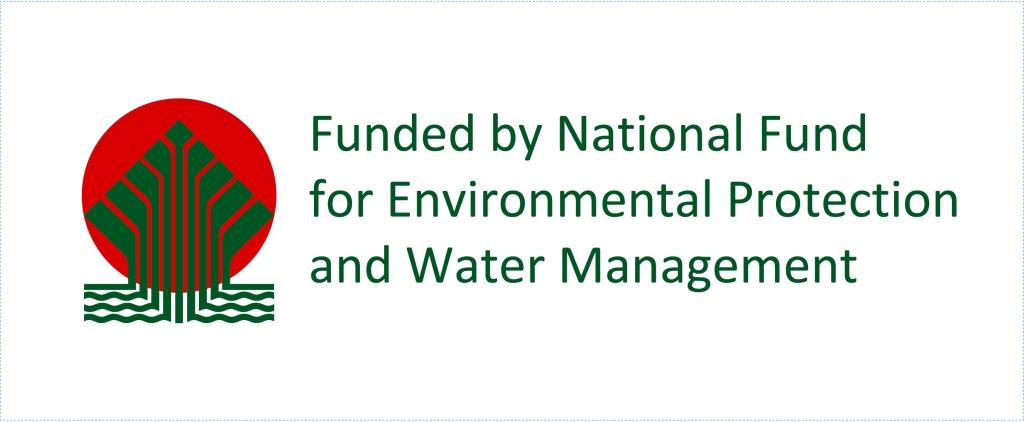 The Polish Geological Survey has published the first volume of the Geological Atlas of Selected Lignite Deposits in Poland (Western and Wielkopolska Region), containing detailed information on 31 most significant deposit objects.
The Polish Geological Survey has published the first volume of the Geological Atlas of Selected Lignite Deposits in Poland (Western and Wielkopolska Region), containing detailed information on 31 most significant deposit objects.
On the one hand, the energy transformation poses difficult challenges for Poland, and on the other, it offers hope for technological progress in many areas of the economy, including the mining sector. The strategic document "Energy Policy of Poland 2040" (from pol. Polityka energetyczna Polski 2040 – PEP 2040) adopted by the Council of Ministers a year ago, does not provide for mining development of lignite deposits for energy purposes, except for possible inclusion of three selected deposits (Złoczew, Ościsłowo, Gubin) into exploitation, leaving the decision to entrepreneurs themselves. At the same time, PEP 2040 states that: "research and development activities should be directed towards the search for innovation to reduce the environmental burden of lignite mining and new solutions contributing to low-carbon, efficient and flexible use of the raw material (e.g. gasification, liquid fuels)".
In order to undertake future exploitation of lignite with the use of technologies, which will have a lesser impact on changes in the natural environment and at the same time to be able to use this raw material for low-emission production of chemical processing products (e.g. methanol - entirely imported to Poland) it is necessary to have full and reliable information on lignite deposits in Poland.
Detailed information is known about all deposits currently exploited by four opencast lignite mines (Bełchatów, Konin, Turów, Sieniawa). The situation is different when it comes to undeveloped deposits - both documented and prospective deposits, whose number in Poland amounts to 163 and which may be of interest to the industry in the future. The information on these deposits is dispersed and requires verification, standardization and analysis. This task was undertaken by the Polish Geological Institute - NRI within the frame of works of the Polish Geological Survey.

Cover of Volume I of the Geological Atlas of Selected Lignite Deposits in Poland (Western and Wielkopolska regions)
Three basic criteria determined which lignite deposits, objects and occurrences out of the above mentioned 163 were analyzed:
- size of coal resources,
- basic geological-mining parameters,
- quality parameters of the raw material.
During the first stage of work, deposits from lignite coal regions - Western and Wielkopolska - characterized by high economic value were subject to detailed analysis.
Out of 39 sites occurring in the Western region and 19 in Wielkopolska region, 21 and 10 sites, respectively, were selected for presentation in Volume I of the Atlas.
Each of the identified sites was developed in accordance with the adopted methodology. The studies were started with collection and verification of archival data. The main sources of information were the documentation and studies made for over 70 years by various entities, including the PGI-NRI and geological enterprises. Thousands of data points – economic geology, hydrogeological and geoecological - were subjected to detailed analysis in the form of deposit documentation, reports on geological and prospecting works and profiles of boreholes.
An important and necessary stage of the work was data standardization. In many cases supplements and recalculations of coal resources and their basic parameters determined in source documents were made, even if they were formally approved. In case of documented deposits, the reason for data alteration, were later changes of the so-called balance-sheet criteria, as well as a lack of estimated off-balance-sheet resources. Since 2011, the term "balancing criteria" has been replaced by the definition "parameter limit values of defining a deposit and its boundaries".
Between 2005 and 2011, "off-balance-sheet resources" were an informal term, and therefore most often were not even estimated. In the case of forecast areas, the recalculations made were generally due to deficiencies or inaccuracies in existing resource estimation reports (which, by definition, were not subject to validation). The boundary of the deposit/prognostic area is the outer contour of the proven or estimated balance and off-balance resources of lignite, and in case the off-balance resources were not calculated - the contour of balance resources of coal.
Characteristics of each of the unexploited/prognostic deposits include a textual part and a rich graphical part (maps, sections, tables). It presents information on:
- the geological structure and geological-mining conditions,
- the amount of resources of the deposit,
- the geological-mining parameters of coal beds in the deposit (thickness of coal and thickness of overburden),
- the chemical-technological parameters of coal, including calorific value Qri, ash content Ad and total sulphur content Sdt,
- hydrogeological conditions,
- environmental conditions.

Resource map of the Gubin deposit
The published 1st volume of Atlas... is a long awaited piece of literature for the lignite industry. The next volume, covering 24 undeveloped/prognostic deposits of the North-Western and Konin regions is in progress. This work will be completed by the end of 2022.
See: pdf Geological atlas of selected lignite deposits in Poland (Western and Wielkopolska regions) (32.65 MB)
Elaboration: Anna Bagińska on the basis of Atlas geologiczny złóż węgla brunatnego w Polsce - rejon zachodni i wielkopolski (J. Kasiński, A. Saternus, P. Urbański)
Translated by: Tomasz Trzpil

The geological atlas of selected lignite deposits in Poland (Western and Wielkopolska regions) was compiled as part of a research project: Updating the state of knowledge about lignite deposits for the purposes of their use together with the development of a geological atlas of selected deposits in Poland and was financed by the National Fund for Environmental Protection and Water Management.














 PGI-NRI offer
PGI-NRI offer Mineral resources of Poland
Mineral resources of Poland  Oil and Gas in Poland
Oil and Gas in Poland 




 Subscribe to RSS Feed
Subscribe to RSS Feed